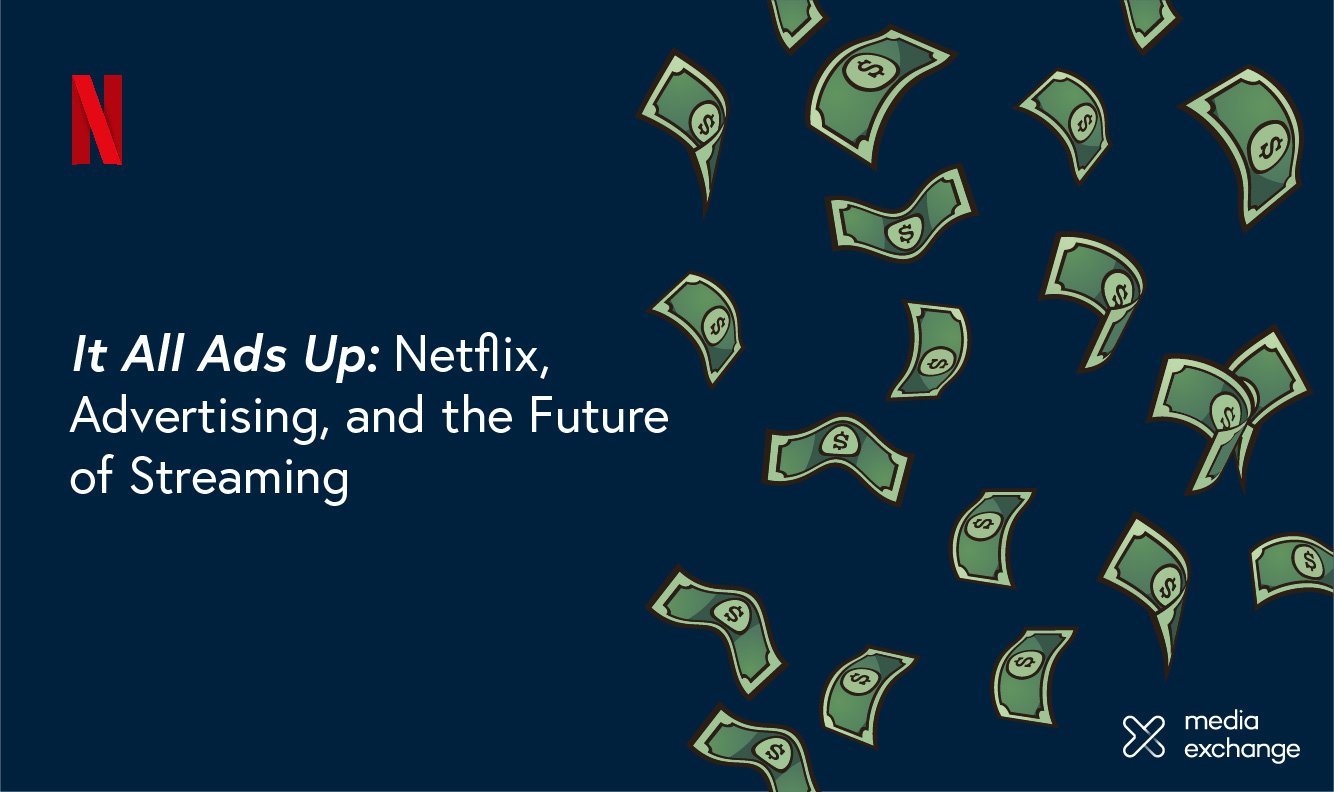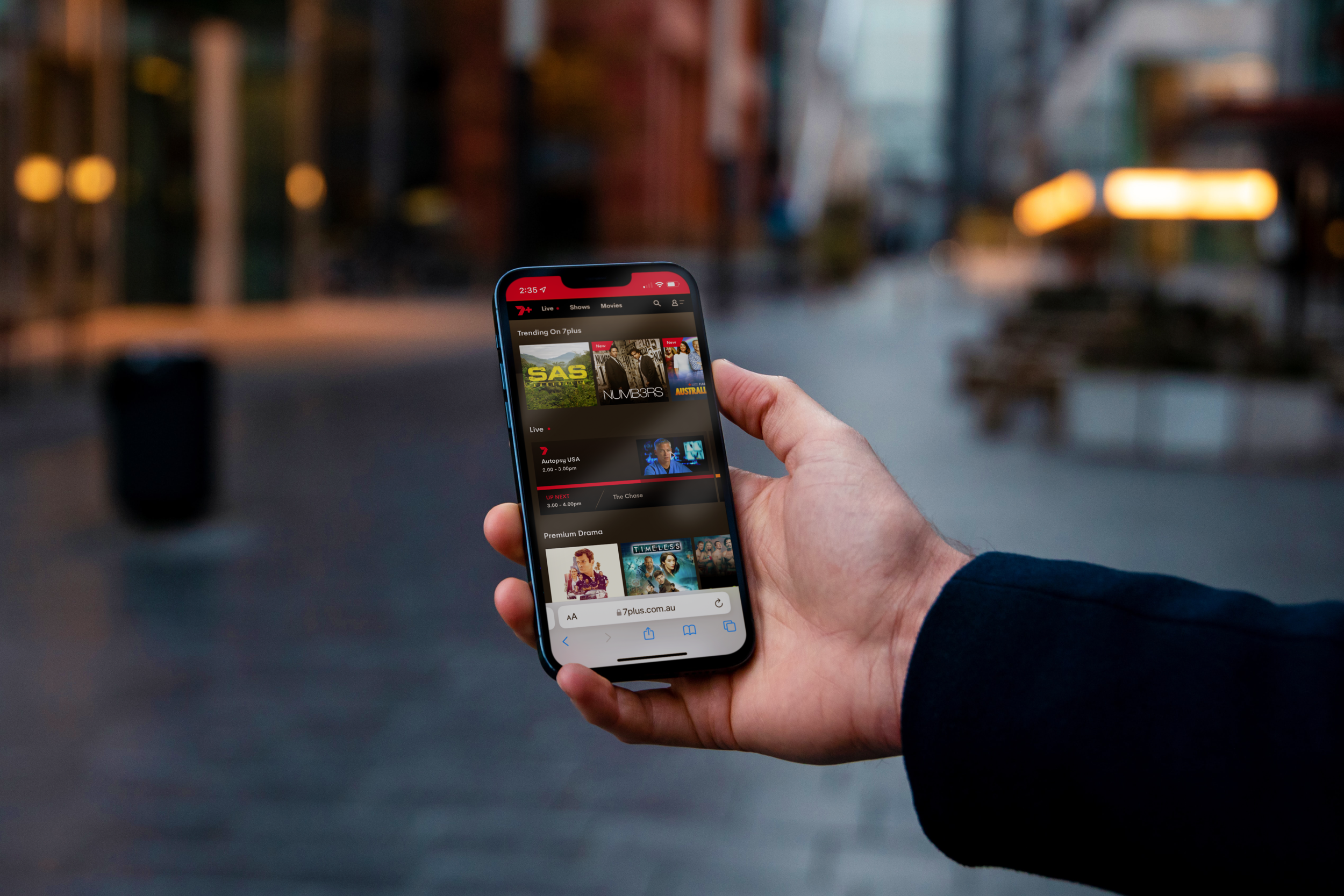Media Buying in 2023
Advertising has had a fascinating couple of years. Invigorated by new technologies. Aggravated by the pandemic. Impacted by behavioural changes.
What hasn’t changed at all though is advertising’s importance, and by extension, that of media planning and buying. Brands and businesses still rely heavily on advertising inventory to grow, add new customers, and promote their products. But for small and newly established businesses, this is a bit of a double-edged sword: they need to advertise to grow, but they also have tight margins that make it difficult.
However, the media space is not just massive — it’s expanding. And with each new channel, platform or communication avenue that emerges, media buyers and businesses are provided the one commodity they really need to make an impact: opportunity.
(To learn more about media buying and its various processes, please check out our Ultimate Guide to Media Buying.)
The landscape
Modern advertising is incredibly cluttered. Most channels are filled to the brim with businesses putting their message out there. And as we’ve noted, this creates a problem for small businesses.
Any media buying agency will tell you: repetition is what creates recall for consumers, but repetition doesn’t come cheap. With this in mind, advertising for a small business is understandably difficult. Naturally, a small family-owned burger shop won’t have the money of McDonald’s, nor does your local dental practice have the same capital as a national chain.
Seeing as money buys ad time and space, they may have enough budget to be seen, but not enough to be remembered.
This does invite some creative thinking and problem-solving when it comes to buying media. A media buyer’s job is to reach your audience with enough frequency and ensure consumers get to know your brand, but without asking too much of your budget. It’s a delicate balance. Much of media planning starts with one of the most classic marketing questions: what channel should we use?
Returning to air
Many traditional media channels — like radio, linear TV and outdoor — refuse to bow out of the advertising space and make way for their newer competitors. And for good reason! These older forms continue to bring in strong audience numbers and deliver highly compelling messages. As such, they form the backbone of many media buying strategies.
Most Australians still watch commercial TV at some point in their day or week, inevitably exposing themselves to ads. The same can be said of listening to radio, and it’s impossible to ignore the sheer amount of outdoor advertising that exists around us.
But in a highly digital age, the shortcomings of these channels need to be considered. Notably, they don’t necessarily offer the most effective targeting systems because their main appeal is around mass reach. There’s nothing inherently wrong with that — it can be very useful in a lot of cases — but smart brands know exactly who they want to target, based on very specific demographic data and behavioural patterns. Older media forms don’t necessarily offer as much opportunity to choose.
They’re still useful at a macro level though. TV, outdoor and radio all create great brand awareness and provide a certain level of reputability. But this does come at a cost, and often a significant one, which is why it’s fortunate that traditional forms are expanding and evolving into the digital space.
Streaming now
While we can’t ignore the clutter, there are an ever-growing number of channels to be used by advertisers. Many of these are digital innovations born from the existing channels, offering similar reach and appeal along with more targeting, tracking and access points. They haven’t necessarily replaced their more traditional counterparts, but they are a way to reach new audiences and improve your overall advertising strategy. These are our top recommendations for digital media buying in 2023.
Digital Out of Home (DOOH)
The out of home (OOH) industry is one of advertising’s largest, and instead of being threatened by digitalisation, many OOH companies have openly embraced it. Digital screens have replaced many old-fashioned billboards and large format advertising spaces, enabling better tracking, programmatic buying and improving opportunities for brands.
It’s not just big screens either — DOOH can be seen in gyms, at restaurants, around office buildings and at petrol stations. It’s always been that wherever you go you can find advertising, but now brands can strategically place their ads in the right spaces, choose the best time for when their target customer might be around, and deliver an eye-catching message. While it still pays to have a billboard next to a freeway or in the CBD, it can be helpful advertising in the local shopping market too and being able to more closely track how effective the advertising is, based on who downloads your app or checks out your website in that area.
DOOH advertising is also a dream for creativity, with the use of digital screens allowing for dynamic images, movement, embedded QR codes and the presentation of real-time data. Combined with metrics like footfall and reach, DOOH gives advertisers a better understanding of exactly how their money is being spent. Putting more energy and resources into crafting a DOOH campaign could provide a massive boost for your brand in 2023, cutting through to consumers at the right time.
Broadcast Video on Demand (BVOD)
BVOD in 2023 continues to gain traction with consumers, offering all that traditional free-to-air does in a portable, on-demand format. Despite being perceived as just a digital offshoot for a long time, many metrics now measure ‘Total TV’ which is the combined viewing statistics from linear and BVOD channels, highlighting how much attention the channel has started to demand.
BVOD in particular is increasingly popular with younger audiences, who are enjoying the content that free-to-air offers while using the features of streaming they have become accustomed to. Advertisers are capitalising on the trend: advertising spend on BVOD increased 53% in the 12 months to June 2022, placing the channel as Australia’s fastest growing media, and one worth considering in your budget.
With much viewing occurring on personal devices, advertising on BVOD also leads naturally to subsequent brand or product searching, either on Google or through social media. Your brand can leverage the digital awareness of modern consumers by delivering a compelling message right where they can begin searching — and hopefully buying.
Netflix and other streamers
This might be the biggest change the industry has seen in recent years, with premium streaming platforms shaking things up and bringing advertising on board. While some streamers, like Amazon Prime and HBO Max, already have some form of ads on their platform, plenty have stuck true to the traditional model: if you pay for a subscription, you bypass ads.
But we’re starting to see shifts — none more seismic than those happening at Netflix. In short, after years of stating plainly that advertising would not form part of their business plan, they pivoted early in 2022, with their ad-supported tier beginning to roll out in October. Disney+ followed suit not long after (though ads are still to arrive in Australia). Consumers now have the choice to pay a premium subscription fee to avoid ads, or a slightly cheaper one to deal with ads.
Viewership of streaming platforms is growing every single year, and took over linear TV in 2021. Getting your brand on those screens could be a massive boost, but it will cost you. With both Netflix and Disney+ limiting ads to around 4 minutes per hour of programming — versus 13 minutes with free-to-air — competition for the limited ad space is likely to be fierce and only available to advertisers willing to spend exorbitant amounts. Unfortunately, this almost fully rules out small and medium businesses, but it is worth keeping an eye on how things progress, and whether new opportunities open up with time.
(For a fuller look at Netflix and everything going on, check out our recent deep dive into the topic.)
Amplifying your strategy
An advertising campaign is more than just what gets presented to the audience. It’s planning, identifying the audience, crafting the perfect message, delivery, placement, measurement and optimisation. These things might seem pretty intuitive, but there are some aspects of a campaign that are fundamental to success.
Adaptation
If you’re going to run multiple creative ads or produce different messages, it’s inevitable that some of them will likely be more effective than others. This isn’t always about the ad itself, but also comes down to its timing and placement, and by extension, who gets to see it. With so many competitors and a huge clutter of ads, prioritising the best-performing creative should be right at the core of your campaign strategy.
Identify where your ads are performing best in terms of placement or time of day, and which particular audience members they are working on most. This can help you optimise going forwards to get the most out of your advertising and media buying spend.
It becomes even more important when you consider how connected consumers are and the ability they have to move straight from seeing an ad to purchasing within moments. Your ad needs to be strong, compelling, and specifically tell customers where to go or what to do next. Identifying what’s working best and optimising for that is how you get there.
Attribution
When you have multiple communication channels for your advertising, it’s important to try and keep track in some way of where consumers are coming from when they reach your brand. In essence: which advertising worked on them?
This can be difficult if all of your advertising is pushing consumers to your website, so you can’t be sure what got them there. With traditional media channels, there isn’t really a way to get around this. But digital options like BVOD or audio streaming have some attribution modelling so that you can track where your customers convert from the most.
This does depend on your campaign goals, though. If purchases are the metric you’ve chosen for success, then conversions should be your focus. If you’re more focused on brand awareness, then it could be website or physical store visits, which aren’t as easy to track. You may need to rely on a more sense of effectiveness in some cases, but if there is an attribution model, it’s worthwhile using it.
Interactivity
Growth in digital technology has enabled some traditional ad formats — particularly outdoor — to be reinvigorated with interactive and creative elements. This includes QR codes, augmented reality (AR), 3D design and video. Adding in movement and creating more dynamic ads catches the eye of your audience and is more likely to hold their attention.
Involving them with AR or scanning something with their phone deepens this further, and their participation is likely to give them more incentive to convert or research your brand. Importantly though, you shouldn’t just try and cram it in where it doesn’t make sense — traditional outdoor and other advertising still works well. But if the opportunity is there, put in some resources and creative energy and you might be blown away with what you come up with.
Get out there
It might feel overwhelming getting your advertising campaign live, but there are so many channels and opportunities out there, so it’s worth getting started. If you’re looking for some help in the space, get in touch with us and we can help you identify what the best options for your business are, and how to maximise them.
For advertising and media buying services in 2023, we’re Better Together. Contact us today!












